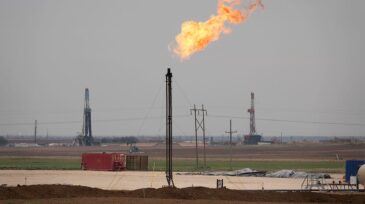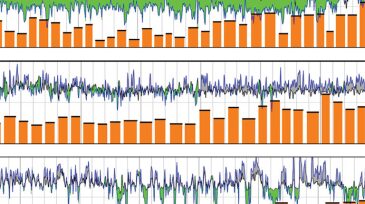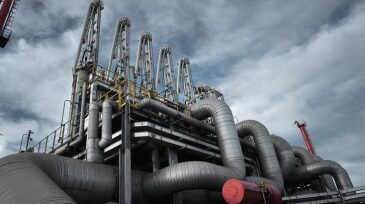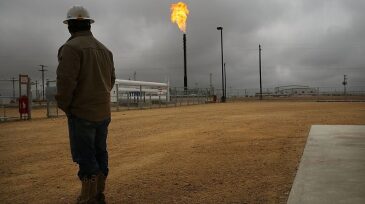Permian Basin
-
Most of ConocoPhillips’ oil and gas production by the end of the next decade will come from its unconventional operations. But, for the near-term, the Houston independent will rely on conventional assets as it seeks to keep spending in check, decline rates low, and cash flow on the rise.
-
New research links a rise in seismic activity in West Texas with increased oil and gas development over the past 20 years and, in particular, the past decade.
-
The volume of flared gas in the US unconventional sector is now 12% of the country’s total gas production. A pair of new reports say that Permian Basin operators account for much of the growth.
-
Optimizing horizontal well placement is not limited to identifying the most-favorable reservoir, but also involves identifying the ideal target window within that reservoir.
-
NextDecade and Mubadala Investment Co. have reached agreement for Mubadala to purchase $50 million of NextDecade’s common stock in a private placement. The capital buoys the development of the Rio Grande LNG export solution linking Permian Basin associated gas to the global LNG market.
-
The time it takes for a shale producer to drill a well has been a major focus for the past decade. A new report says the industry should place equal weight on how long it takes a well to actually deliver first oil.
-
The move will bolster Austin-based Parsley’s holdings in the Delaware Basin, giving it a contiguous 120,000 net acres opposite of its original Midland Basin focus area.
-
The Environmental Defense Fund said it is overseeing a year-long program to monitor methane released across the Permian. The project will start measuring emissions in November using towers and mobile readings and will begin publishing data early next year.
-
The 16-MW solar facility in Ector County, Texas, near Odessa, powers the Goldsmith field through deployment of 174,000 photovoltaic panels.
-
In 2014, a research and development (R&D) project was initiated to increase the life expectancy of Gulf of Mexico (GOM) Miocene and Lower Tertiary water-injection (WI) wells, several of which had suffered a severe loss of injectivity within only a few years of completion.










